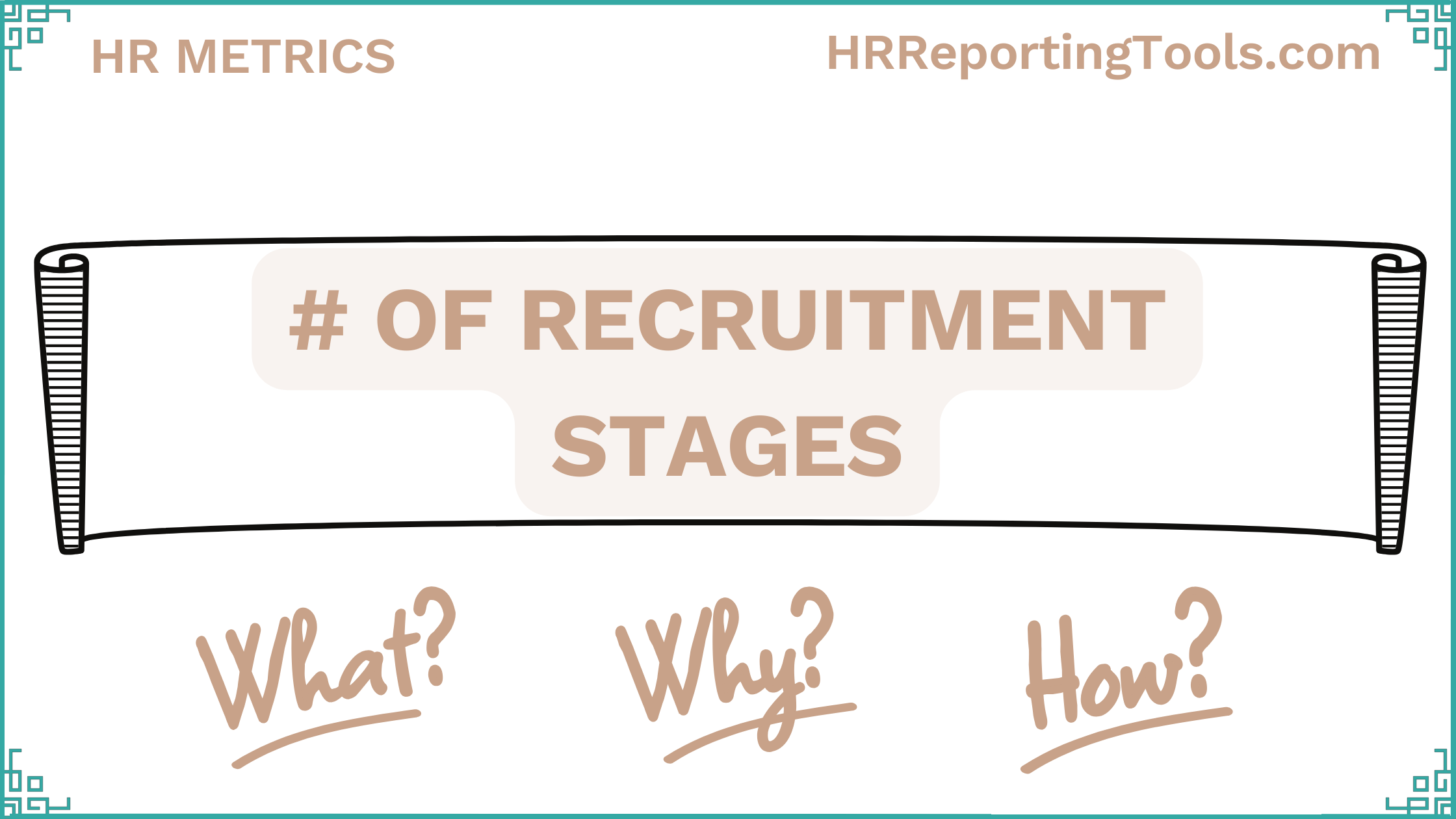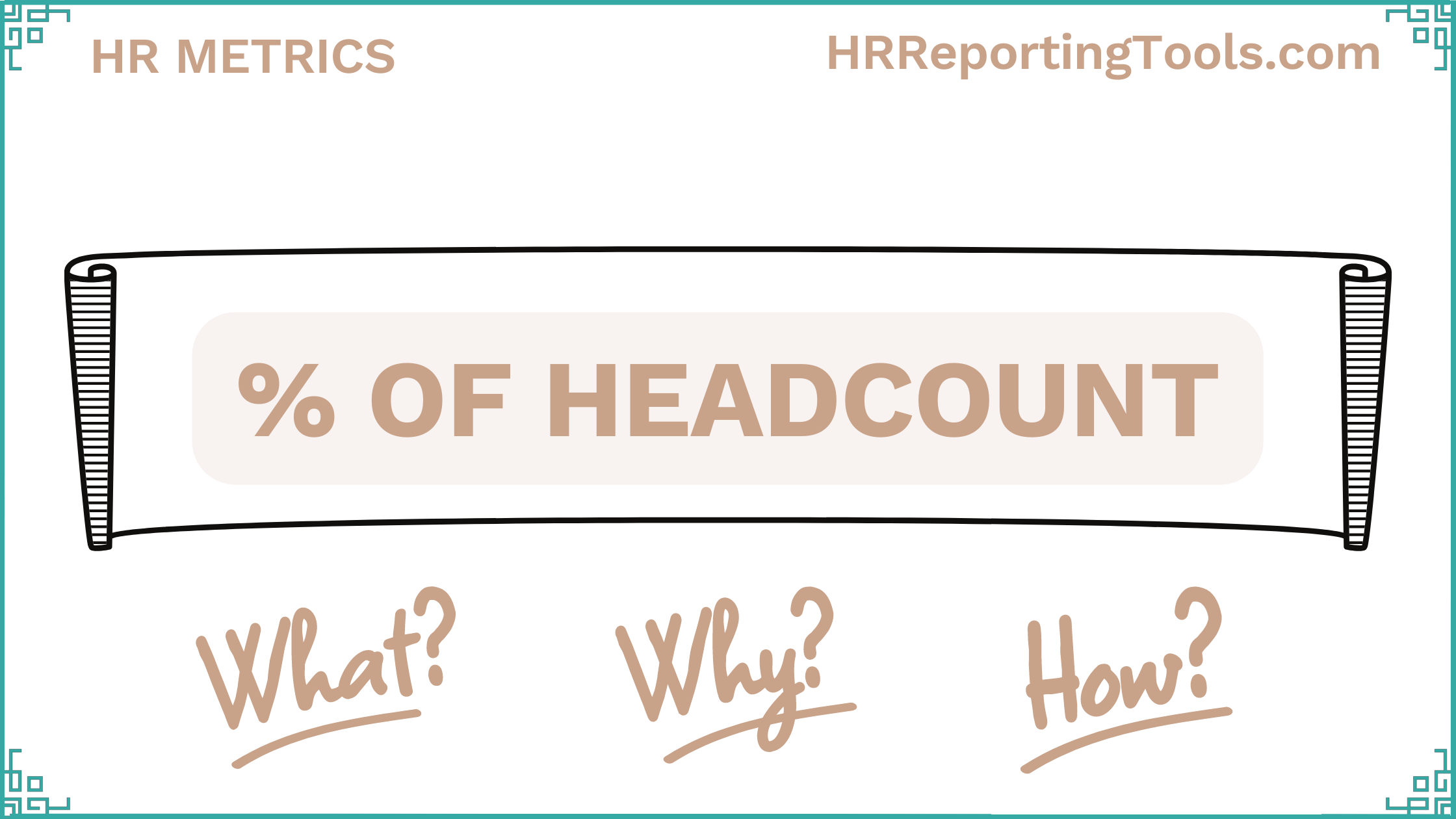Number of recruitment stages
HR Metric - Recruitment Stages
What (Definition)
The number of stages in a recruitment process can vary due to factors like industry, company, the job’s nature, and the recruitment practices of the company. In general, all the firms follow more or less a similar practice. Some stages may vary depending on the complexity of the job role and the company’s culture.
Why (Benefits)
Having a skeleton of the hiring process makes the recruitment stages much easier for the business's scalability. It aids in maintaining multiple job positions in a complex company structure identifies the inefficiency in the hiring process and helps to improvise in the future.
Every company’s goals and mission are different from one another; therefore, HR professionals should make sure to hire people who can contribute to the company’s growth. The recruitment process can be customized and designed for the company to find the right fit for the job.
Planning and executing the number of recruitment stages can be cost- and time-saving. Having many stages in a hiring process may look time-consuming but in reality, it saves time and money by identifying the best candidate for the company.
How (Calculation)
The HR team should identify the key stages of the hiring process. Some job roles may require additional recruitment stages, such as technical examinations and skills assessments. However, the typical recruitment process includes the following steps:
Advertise the vacant post - The job posting should contain the details of the required qualifications, job role, and responsibilities.
Screen the received resumes - Assess the candidates’ basic qualifications by going through the received applications and resumes.
Phone Interviews - This is the initial screening of the candidates to qualify them for subsequent, more job-based interview processes.
Interviews- The applications that go through the screening process will be called out for the interview stage, the count of these interviews varies based on the role. A more senior role may have more than 1 round of technical interviews.
Job offer- The job offer, along with the salary package, is discussed at this stage. The offer is given to the most suitable candidate.
Hiring- Once the candidate accepts the job offer, the HR team takes steps for Hiring and then the orientation and paperwork to integrate the new employee into the company.
Example 1: A company has received the job application for the IT executive position, which requires the Application receiving stage, a Technical interview and the subsequent hiring stage.
That is a total of 3 recruitment stages are required.
Example 2: A company has received the job application for a Senior Manager, which requires the Application receiving stage, a Phone Screening, 3 Technical interviews, and the subsequent hiring stage.
That is a total of 6 recruitment stages are required.
To ensure a well-organized recruitment process, the HR team should construct suitable hiring stages. It can be a powerful tool to maintain efficiency, fairness, and consistency throughout all hiring stages
Get automated HR metrics for your company with our templates
(Available in 3 platforms: Microsoft Power BI, Google Sheets or Microsoft Excel)
Related HR metrics
Now it’s your turn.
As a company, do you track the number of recruitment stages? Feel free to let us know your thoughts on how you do it below. We would like to hear from your experience.
To learn more about other recruiting metrics please visit HR reporting tools.







